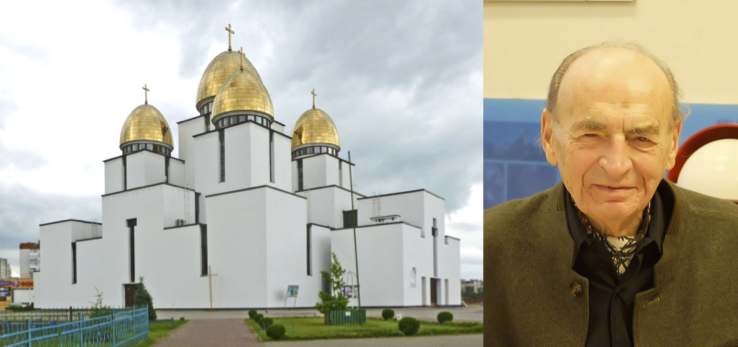Rad Zuk was a longtime colleague of mine when I taught at McGill for two decades, but my first encounter with him was when I was a student there in the 1960s. I was in the penultimate year of a six-year course. Zuk had joined the faculty a year or two earlier, and I had not had him as a teacher, but somehow I ended up briefly working for him. I can’t remember if he approached me, or if I saw a want ad on the school bulletin board. The job was to draw up a project he was working on—a church. I didn’t know then that he specialized in Ukrainian Greek Catholic churches, having already built several in Manitoba, where he had been living. He was an ethnic Ukrainian, born in Lubaczów, Poland, grew up in Austria, and emigrated to Canada, studying architecture at McGill and MIT. I wasn’t sure what to make of his project. Like Orthodox churches, Ukrainian Greek Catholic churches have specific architectural traditions, onion domes, icons, painted interiors. Zuk’s design had these features, but it also had a modern plan that was rigorously Miesian. This was a blending of new and old, but with none of the tongue-in-cheek mimicry which would characterize the postmodernism movement that would appear in a few years. Zuk was always serious about design, although in his characteristically low-key and gentle way. His last project was the Nativity of the Theotokos Chuch in Lviv (see above). New and old, indeed.


